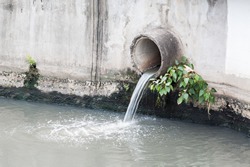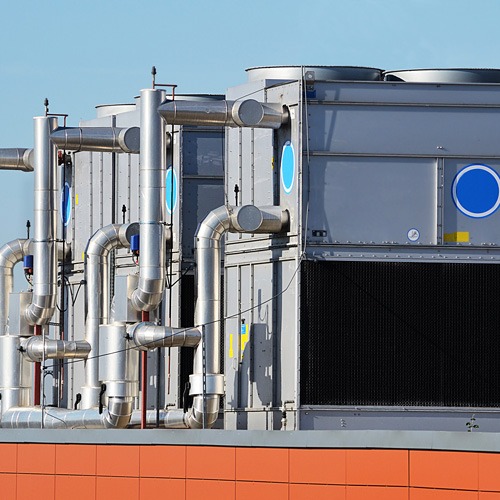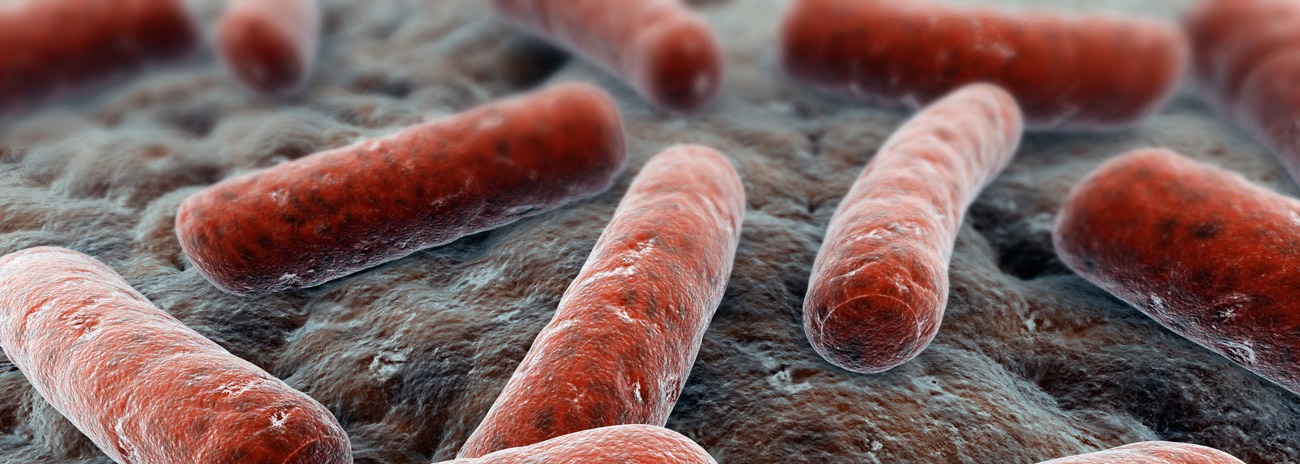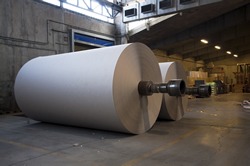Cleaning for Food & Drink Sectors
Food safety
Cleaning is vital to ensure food safety. However, there are many ways that companies can make cleaning more efficient and cost-effective, and less damaging to the environment, without compromising food safety.
As much as 70% of the water used and effluent produced by a food and drinks site is linked to cleaning, and the costs of water supply and disposal are increasing. Excessive use of water for cleaning brings many additional costs, such as those of labour, downtime, lost materials, treatment chemicals and energy for heating and pumping.
While it is the responsibility of companies to ensure that hygiene standards are met, the Environmental Technology Best Practice Programme has provided guidance on how to study, and improve, the effectiveness of water use for cleaning.
Cleaning costs
Costs of cleaning will obviously vary from site to site, and between different product lines. It is important, though, to remember that costs are incurred in a number of ways and that potential savings can be realised from diverse aspects of activity such as energy, chemicals, water and labour. By saving water on some manually controlled and wasteful practices, Programme guidance suggests that up to 98% of water may be saved … request a copy of the full document >>
© Crown copyright






